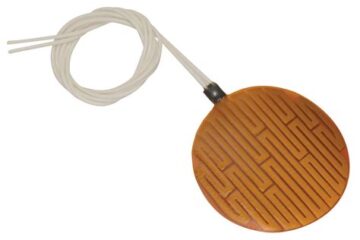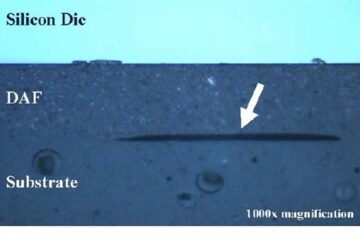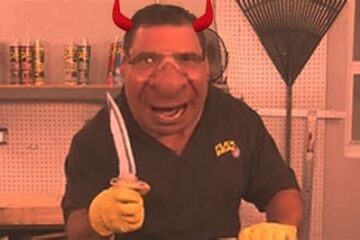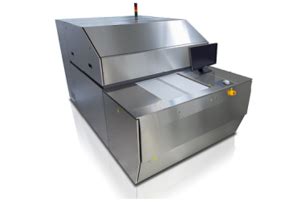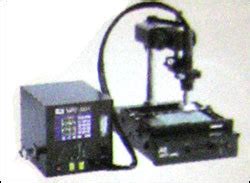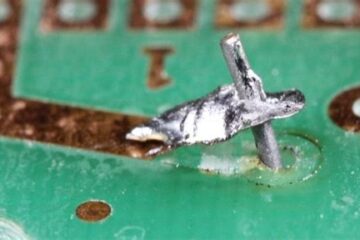PCBA
What is Kelvin Test?
How Does the Kelvin Test Work? The Kelvin Test employs a four-wire measurement technique to eliminate the effects of lead and contact resistances, which can significantly impact the accuracy of low-resistance measurements. In a traditional two-wire resistance measurement, the test current flows through the same leads used to measure the voltage drop across the device under test (DUT). This arrangement results in the inclusion of lead and contact resistances in the measurement, leading to errors. Read more…



